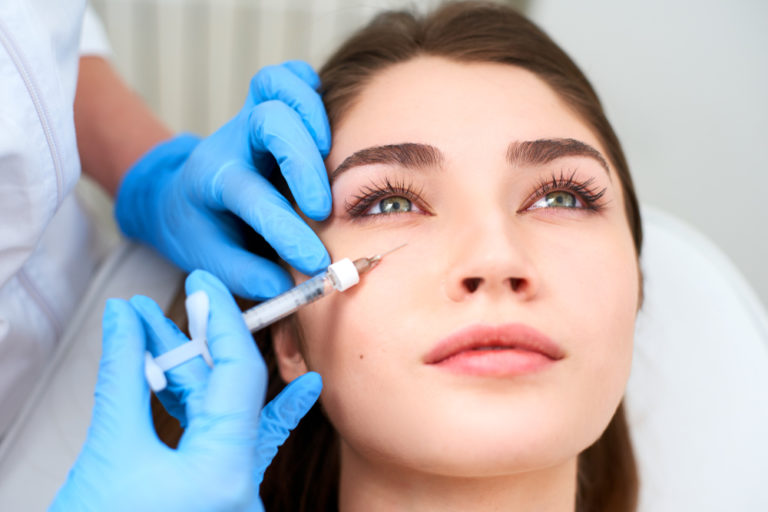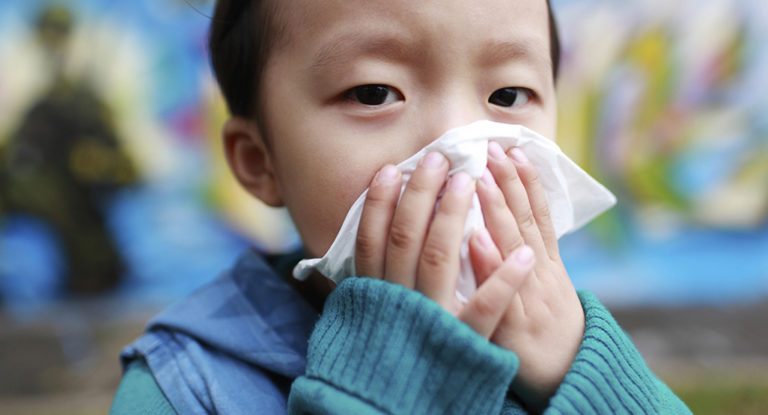Type II diabetes is a condition remarked by the inability of the body to take up sugar. Either pancreas doesn’t produce enough of the hormone insulin, which helps in the storage of sugar so it gets removed from the blood, or the cells develop resistance to insulin, due to which sugar remains in the bloodstream.
The sugar then wreaks havoc on and around the body, and the cells also are deprived of energy sources, namely, glucose. Therefore, the body also becomes fatigued.
Uncontrolled diabetes is a dangerous condition. It affects almost all the vital organs in the body, including the heart and kidneys. It also has a dire impact on the nerves as well.
Hence, anyone diagnosed with diabetes must make sure their sugar levels are controlled, and consult the Best Internal Medicine Specialist in Islamabad if that’s not the case.
However, it is not just the diabetics who should be worried about their blood sugar levels. Everyone should be wary of the habits that are increasing their chances of diabetes. Some habits that are endemic and high-risk include:
After- hours eating
What you eat is important, but when you eat is also just as important. It is pertinent that you take most calories during the day and take a light dinner.
People who eat after-hours, during midnight, disrupt the balance of insulin secretion in the body, which then paves way for problems like diabetes. Even if you want to eat at night, make sure it is something healthy like vegetables, instead of sugary foods.
Insufficient sleep
Your lifestyle can also push you towards diabetes. One of the most problematic habits is insufficient sleep, and that too, when you choose to stay up most parts of the night.
Your body follows the circadian rhythm and associates nighttime with sleeping, and daytime with being active. The hormone secretion follows this same pattern. By not giving the body timely and sufficient sleep, you cause hormonal changes and increase the risk of diabetes.
Missing breakfast
Breakfast is hailed as the most important meal of the day, and it is not an exaggeration. When you skip breakfast, you increase your risk of diabetes as you upset the balance of insulin levels and blood sugar levels.
Moreover, when you miss breakfast, you tend to overdo it at the lunch. Overloading the body with sugar in one sitting is harmful to health. A better practice is to split the food into meals spaced apart, so the onslaught of sugar can be avoided.
So, make sure that you have a healthy breakfast every day. Nuts, yogurt, fortified cereal are some quick and nutritious options.
Sweet beverages
Your love for soft drinks and juices may be the reason why you are one step closer to diabetes. These drinks are packed with sugar, even the fruit juices that you deem to be healthy.
When you take too much sugar in one sitting, you bring a surplus of sugar that your body needs to process, which over time, increases the risk of insulin resistance.
They also have no nutritional value otherwise; you basically chug empty calories. Substitute these with water instead. If you crave something flavorful, try to add natural sweeteners like stevia but still drink these in moderation.
Saturated fats
Mono and polyunsaturated fats have also been linked to an increased risk of type 2 diabetes, as these fats contribute towards insulin resistance.
Therefore, you need to stop eating too much butter, fried food, cakes, and other baked goods with high amounts of fat in them.
Not timely visiting the doctor
People who are on the borderline, or are prediabetics, can still improve their chances of not getting the disease. If they do not heed to the Best Internal Medicine Specialist in Karachi, and not make the required dietary or lifestyle changes, then they are pushing themselves towards diabetes, themselves.









